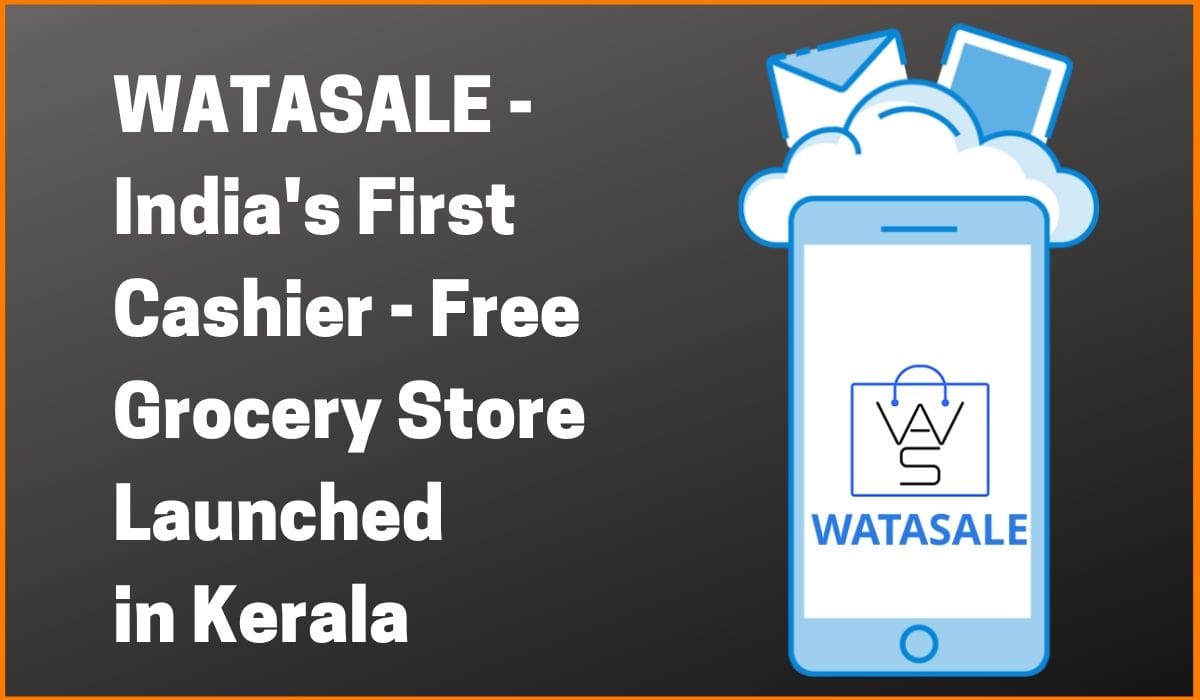The article is contributed by Mr. Mahesh Choudhary, Founder & Chairman, Saraswati Global.
Selling a product is not an easier task. It is an art to convince people to buy their products. While selling the products the buyer has to face barriers, must know about the strategies to sell, and the most significant is to know the differences between selling a product in a rural market and in a global market.
What is the global market? The goods and services and labor can move freely across the globe. To establish good marketing in the global market a good knowledge of business must be the expertise of the person. Being a good business person we must know how to get consumers hooked with the products. Although it is difficult for all to sell their products and make it a well-known brand. But for villagers it is a demanding practice for them. There are a lot of barriers which they have to face before and during selling their products.
The Barriers Villagers Face in Selling Their Products
Reach/Access
Access is one of the major barriers for the Villagers. It is difficult for the small entrepreneur to reach the consumers, give the information and Sell their products. With the limited electricity and little access to mass media, it is a challenge to reach consumers.
Transportation
Rural business people face a lot of lags due to lack of support and services. One of them is transportation. Transportation helps in movement of goods and services which ensure access according to customers, and act as a link between the producers and consumers. Transportation challenge factors include, lack of road maintenance, hike in fuel prices and vehicle services.
Capital
Capital, the most mandatory for business, acts as a barrier. The investment, capital amount, and money are significant for the commencement of business. But for rural entrepreneurs, it is the first barrier that they have to face to execute any business idea. Insufficient profit to cover overhead expenses can result from a lack of capital.
Technology
Entrepreneurs in urban cities generally use technological methods two manufacture their goods, because it cuts cost and time and gives a complete finish to the goods. But lack of proper knowledge in rural entrepreneurs affects the growth of their entrepreneurship. So they are completely based on labour work and handmade products, which take a lot of time to manufacture.
Digitalisation
Along with the lack of technology knowledge, rural entrepreneurs also don’t have a proper understanding of digitalisation which is hitting the global market vigorously. But improper knowledge of digitalisation adversely affects their entrepreneurship development.
Competition
One of the key successes to be a good entrepreneur is to beat the competitors in the market. This is the toughest key for the rural entrepreneurs to face existing competitors for their establishment. The existing competitors have good quality of resources and rural competitors lack them.

Lack of knowledge creates excessive fuss for rural entrepreneurs. Selling their manufactured products is a challenging task for them. So how can they deal with these? To tackle them rural entrepreneurs need support from NGOs and government as they can help them to promote rural enterprise.
NGOs can help entrepreneurs by counselling them. By consulting rural entrepreneurs we can get to know resources and the requirements they need for the procedural activities. NGOs can help with their sources by providing them with enough resources to use for their activities.
Government can help by providing a capital amount to small rural entrepreneurs. So that they could afford the requirements they need. Rural consumers nor rural entrepreneurs are able to operate smartphones which ultimately affects rural entrepreneurs. A counselling program can help them to train in it. Government can also arrange a counselling program to train them in every aspect of entrepreneurship. This can also lead them to digital and technological literacy.
Lack of support and services can cause no profit in selling the products in the global market.
Let’s find out the different ways where we can sell the product made by the Villagers.
Ways to Sell Products Made by Villagers
Personal Selling
Face-to-face interaction selling is the best method for the rural marketer. Consumers search for reliable marketers. Here the customers can trust completely because they buy the products with their personal checks. This can lead to gaining trust and the buyers can also become regular consumers.
Fairs and Exhibitions
Fairs and exhibitions are like the part of the rural people. This is a great opportunity for entrepreneurs to launch and sell their products. A Lot of people come for entertainment. Through the different entertainment selling methods, consumers can easily attract to watch. With this method sometimes they also get convinced to buy them.
E-COMMERCE
E-commerce is on the rise as the trend of online shopping has become a trend in the last few years. E-Commerce is the marketplace where anybody can sell and buy their products. The online platform is not restricted to urban or rural people. Amazon, Flipkart, Etsy, craftvilla, etc are one of the E-Commerce platforms for buying and selling goods and services.

Social Media
Along with e-commerce social media such as Instagram and Facebook are the best marketplace to create, sell and grow a brand. People mostly spend their time on social media. Since these platforms would have a wider reach to consumers.
Channel Sales
By channel sales, we know that it is the process of distribution of products to the market. It means the person can sell the product through the collaboration of another company.

















